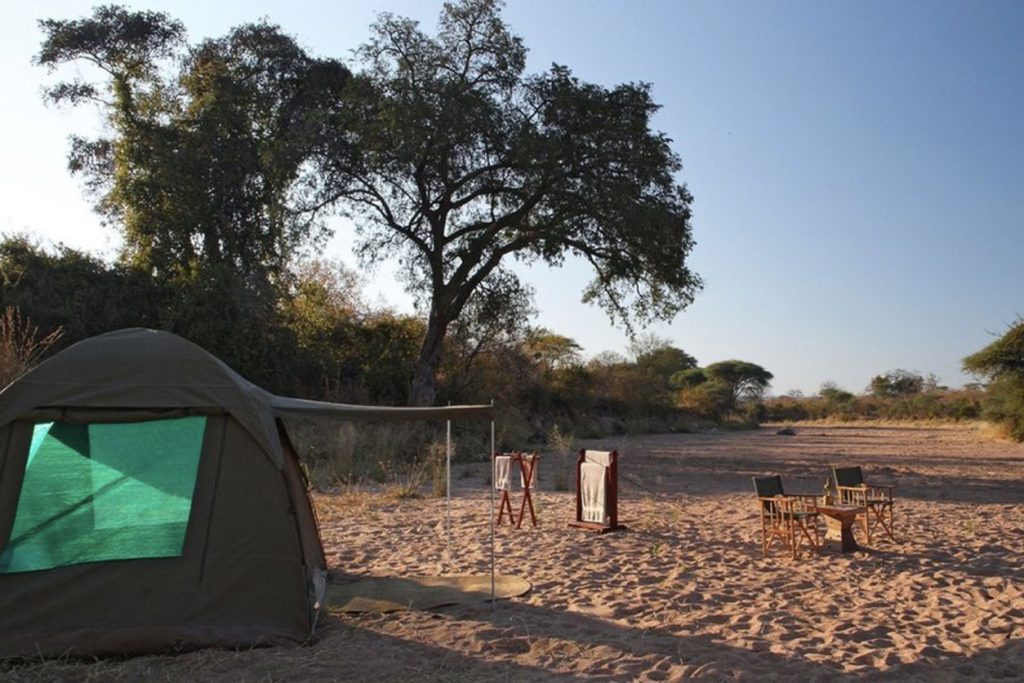
Ruaha National Park: Discover the Untamed Beauty of Tanzania’s Hidden Gem
Are you an avid wildlife enthusiast seeking an unforgettable safari experience? Look no further than Ruaha National Park, a hidden gem tucked away in the heart of Tanzania. Known for its vast wilderness, diverse ecosystems, and abundant wildlife, this park offers an off-the-beaten-path adventure that will leave you breathless. As a prominent tour operator in Arusha, Tanzania, SUNSET AFRICA SAFARI is here to guide you through this remarkable destination.
Located in the southern part of Tanzania, Ruaha National Park is the country’s largest national park, covering an impressive area of over 20,000 square kilometers. Despite its size, Ruaha remains relatively untouched by mass tourism, making it an ideal destination for those seeking an authentic and intimate safari experience.
What sets Ruaha National Park apart are its unique landscapes and diverse ecosystems. From expansive savannahs and rugged hills to dense woodlands and meandering rivers, the park offers a stunning variety of habitats. As you explore its untamed beauty, you’ll encounter a wide range of wildlife, including elephants, lions, leopards, buffalos, giraffes, zebras, and over 500 bird species. Ruaha’s remarkable biodiversity will undoubtedly captivate you with its sheer magnificence.
One of the park’s main attractions is the Great Ruaha River, which courses through the landscape, providing a lifeline for its inhabitants during the dry season. This picturesque river is home to an abundance of hippos, crocodiles, and other aquatic creatures. A boat safari along its banks offers a unique opportunity to witness these magnificent creatures up close, as well as admire the stunning scenery that surrounds you.
For those seeking a more active experience, Ruaha National Park provides excellent opportunities for guided walking safaris. Accompanied by experienced guides, you’ll have the chance to explore the park on foot, immersing yourself in its sights, sounds, and scents. This intimate encounter with nature allows you to appreciate the smaller wonders of the park, from the vibrant birdlife to the fascinating flora that thrives in the region.
To make the most of your Ruaha adventure, it is crucial to partner with a trusted and experienced tour operator. SUNSET AFRICA SAFARI, based in Arusha, Tanzania, is renowned for its personalized service and attention to detail. With our expert guides and meticulously crafted itineraries, we ensure that your safari experience is seamless and unforgettable.
For safari or tour inquiries in Ruaha National Park, we invite you to contact us through our email, info@sunsetafricasafari.com. Our dedicated team is ready to assist you in creating a tailor-made itinerary that suits your preferences and ensures an exceptional wildlife adventure.
Don’t miss the opportunity to uncover the hidden treasures of Ruaha National Park. Book your safari with SUNSET AFRICA SAFARI today and embark on a journey that will leave you with memories to last a lifetime.
